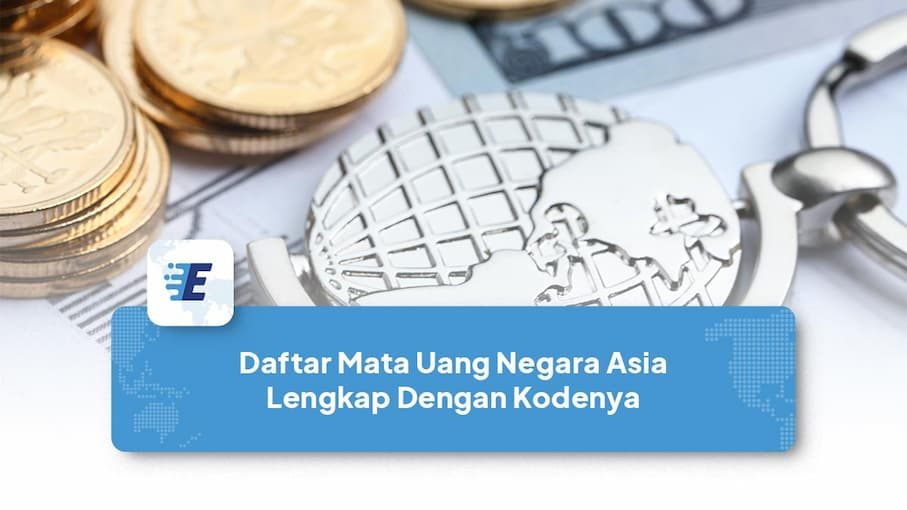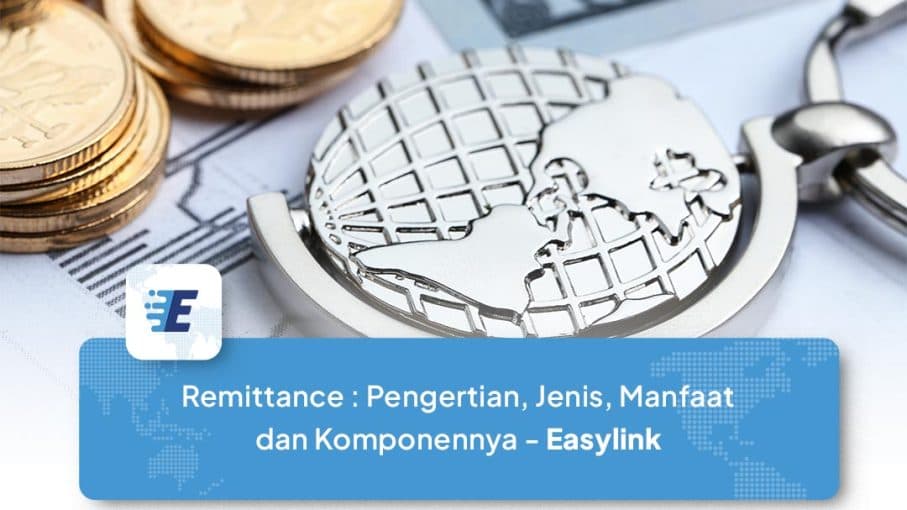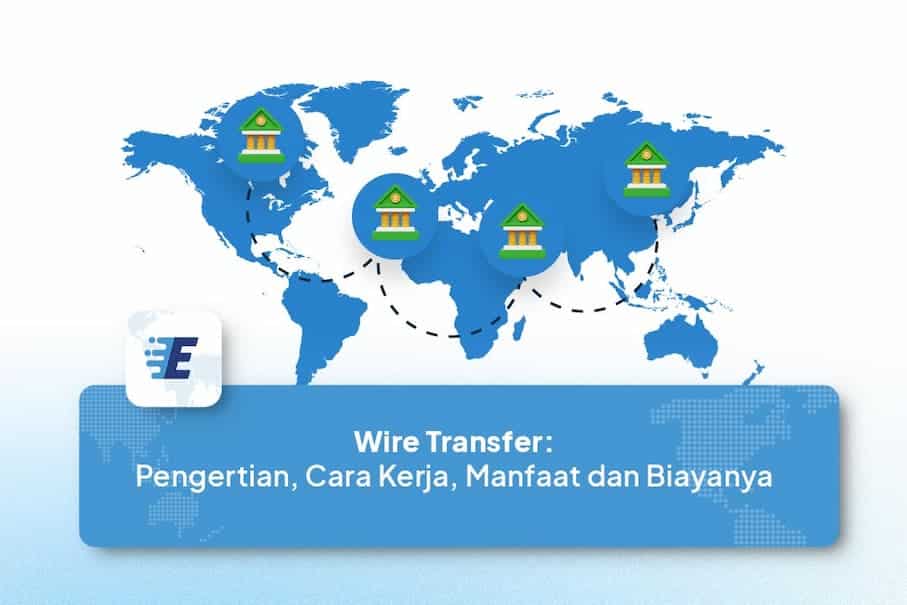Asia is one of the largest and most diverse continents, with various countries and cultures. Each country in Asia has its own currency, reflecting its history and culture.
In this article, we will discuss the list of currency names in Asian countries. This article will provide comprehensive information about currency names, currency symbols, and their exchange rates.
Currencies of Southeast Asian Countries
List of contents
The currencies in the Southeast Asia region vary, and each country has its own official currency. Here is a brief explanation of the currencies used in some Southeast Asian countries:
| Country | Currency |
| Brunei Darussalam | The Brunei Dollar (BND) |
| Filipina | The Philippine Peso (PHP) |
| Indonesia | Rupiah Indonesia (IDR) |
| Kamboja | The Cambodian Riel (KHR) |
| Laos | The Lao Kip (LAK) |
| Malaysia | The Malaysian Ringgit (MYR) |
| Myanmar | The Myanmar Kyat (MMK) |
| Singapore | The Singapore Dollar (SGD) |
| Thailand | The Thai Baht (THB) |
| Vietnam | The Vietnamese Dong (VND) |
| Timor Leste | US Dollar (USD) |
Exchange rates in Southeast Asia vary depending on various factors such as the country's economic conditions, monetary policies, and political events. Generally, exchange rates in Southeast Asia tend to be stable. Here are the exchange rates of currencies in Southeast Asia:
- The Brunei Dollar (BND) is the currency of Brunei Darussalam. This currency is pegged to the Singapore Dollar at an exchange rate of 1 BND = 1.00 SGD.
- The Cambodian Riel (KHR) is the currency of Cambodia. This currency has a very low exchange rate against the US Dollar, at 1 USD = 4,000 KHR.
- The Indonesian Rupiah (IDR) is the currency of Indonesia. This currency has a relatively stable exchange rate against the US Dollar, at 1 USD = 14,500 IDR.
- The Lao Kip (LAK) is the currency of Laos. This currency has a very low exchange rate against the US Dollar, at 1 USD = 12,000 LAK.
- The Malaysian Ringgit (MYR) is the currency of Malaysia. This currency has a relatively stable exchange rate against the US Dollar, at 1 USD = 3.800 MYR.
- The Myanmar Kyat (MMK) is the currency of Myanmar. This currency has a very low exchange rate against the US Dollar, at 1 USD = 1,700 MMK.
- The Philippine Peso (PHP) is the currency of the Philippines. This currency has a relatively stable exchange rate against the US Dollar, at 1 USD = 266 PHP.
- The Singapore Dollar (SGD) is the currency of Singapore. This currency is considered stable and strong, and is often used as a reserve currency in various countries.
- The Thai Baht (THB) is the currency of Thailand. This currency has a relatively stable exchange rate against the US Dollar, at 1 USD = 650 THB.
- The Vietnamese Dong (VND)is the currency of Vietnam. One dong is equivalent to about 0.00002 US Dollars.
Currency of ASEAN Countries
ASEAN is an acronym for Association of Southeast Asian Nations or the Association of Southeast Asian Nations. ASEAN member countries include Brunei Darussalam, Cambodia, Indonesia, Laos, Malaysia, Myanmar (formerly known as Burma), the Philippines, Singapore, Thailand, and Vietnam. Ten ASEAN member countries use different currencies:
| Country | Currency |
| Singapore | The Singapore Dollar (SGD) |
| Malaysia | The Malaysian Ringgit (MYR) |
| Thailand | The Thai Baht (THB) |
| Brunei Darussalam | The Brunei Dollar (BND) |
| Indonesia | Rupiah Indonesia (IDR) |
| Filipina | The Philippine Peso (PHP) |
| Myanmar | The Myanmar Kyat (MMK) |
| Vietnam | The Vietnamese Dong (VND) |
| Kamboja | The Cambodian Riel (KHR) |
| Laos | The Lao Kip (LAK) |
Currency in ASEAN
ASEAN is considering creating its own currency called the ASEAN Dollar. This currency would facilitate trade and investment among ASEAN member countries.
However, there are still many challenges to overcome before the ASEAN Dollar can be implemented. One of the challenges is the differences in currency exchange rates among ASEAN member countries. Additionally, there needs to be agreement on how this currency will be managed and supervised.
If the ASEAN Dollar can be implemented, it would be one of ASEAN's greatest achievements. This currency would strengthen economic integration among ASEAN member countries and enhance their competitiveness internationally.
Currencies of East Asian Countries
The currencies of East Asian countries are not the same. While there are similarities, such as North Korea and South Korea using currencies named won, their actual values differ. For a clearer understanding, let's look at the names of the currencies used in East Asian countries:
| Country | Currency |
| Tiongkok | Yuan China (CNY) |
| Japan | Yen Japan (JPY) |
| South Korea | South Korean Won (KRW) |
| Korea Utara | North Korean Won (KPW) |
| Hong Kong | Hong Kong Dollar (HKD) |
| Taiwan | Taiwan Dollar (TWD) |
| Makau | Macau Pataca (MOP) |
| Mongolia | Mongolian Tugrik (MNT) |
Currency in West Asian Countries
Currency in West Asian countries also varies. While there are some similarities, such as the use of the dinar in countries like Iraq, Jordan, and Bahrain, the actual value as well as the economic policies and conditions of these countries can lead to differences in their currency values.
Read Also: Comprehensive List of World Currencies
Therefore, despite using similar names, the actual values of these currencies can vary significantly. Here are the currencies used in West Asian countries:
| Country | Currency |
| Arab Saudi | Saudi Riyal (SAR) |
| Armenia | Armenian Dram (AMD) |
| Azerbaijan | Azerbaijani Manat (AZN) |
| Bahrain | Bahraini Dinar (BHD) |
| Georgia | Georgian Lari (GEL) |
| Iran | Iranian Rial (IRR) |
| Irak | Iraqi Dinar (IQD) |
| Israel | Israeli New Shekel (ILS) |
| Kuwait | Kuwaiti Dinar (KWD) |
| Turki | Turkish Lira (TRY) |
| Lebanon | Lebanese Pound (LBP) |
| Oman | Omani Rial (OMR) |
| Palestina | Egyptian Pound, Jordanian Dinar, Israeli New Shekel |
| Qatar | Qatari Riyal (QAR) |
| Siprus | Euro (EUR) |
| Suriah | Syrian Pound (SYP) |
| Uni Emirat Arab | UAE Dirham (AED) |
| Yaman | Yemeni Rial (YER) |
| Yordania | Jordanian Dinar (JOD) |
Currency in South Asian Countries
Currency in South Asian countries varies significantly. Despite some similarities in currency names, such as the use of the rupee in India, Pakistan, Sri Lanka, and Nepal, the actual values and economic factors in each country's market conditions make their currency values different from one another.
Therefore, even though they use similar names, the actual values of these currencies can vary greatly. Here are the currencies used in South Asian countries:
| Country | Currency |
| India | Rupee India (INR) |
| Pakistan | Rupee Pakistan (PKR) |
| Bangladesh | Taka (BDT) |
| Sri Lanka | Rupee Sri Lanka (LKR) |
| Nepal | Rupee Nepal (NPR) |
| Bhutan | Ngultrum (BTN) |
| Maladewa | Rufiyaa (MVR) |
| Afghanistan | Afghani (AFN) |
Currency in Central Asian Countries
Most of Central Asia relies on cash transactions. While there are few ATMs outside major cities, most only accept Visa cards. Typically, shops and restaurants do not accept credit card payments except in five-star hotels.
Therefore, it's advisable to carry a sufficient amount of US dollars in cash that you can exchange. Here is a list of currencies in Central Asian countries:
| Country | Currency |
| Kazakhstan | Tenge Kazakhstan (KZT) |
| Kyrgyzstan | Som Kyrgyzstan (KGS) |
| Tajikistan | Somoni Tajikistan (TJS) |
| Uzbekistan | Som Uzbekistan (UZS) |
| Turkmenistan | Manat Turkmenistan (TMT) |
By knowing the names and brief information about currencies in Asian countries, you can better understand the cultures and histories of each country in the Asian region.
For those who want to send money abroad quickly and easily, just use Easylink to send money freely to over 170 countries worldwide. Andto find out more information on to send money abroad.
- 10 Komoditas Ekspor dan Impor Thailand yang Populer! - June 27, 2024
- Komoditas Impor Ekspor Brunei Darussalam - June 25, 2024
- 6 Imported Commodities of Singapore Along with Tariffs and Regulations - June 24, 2024




